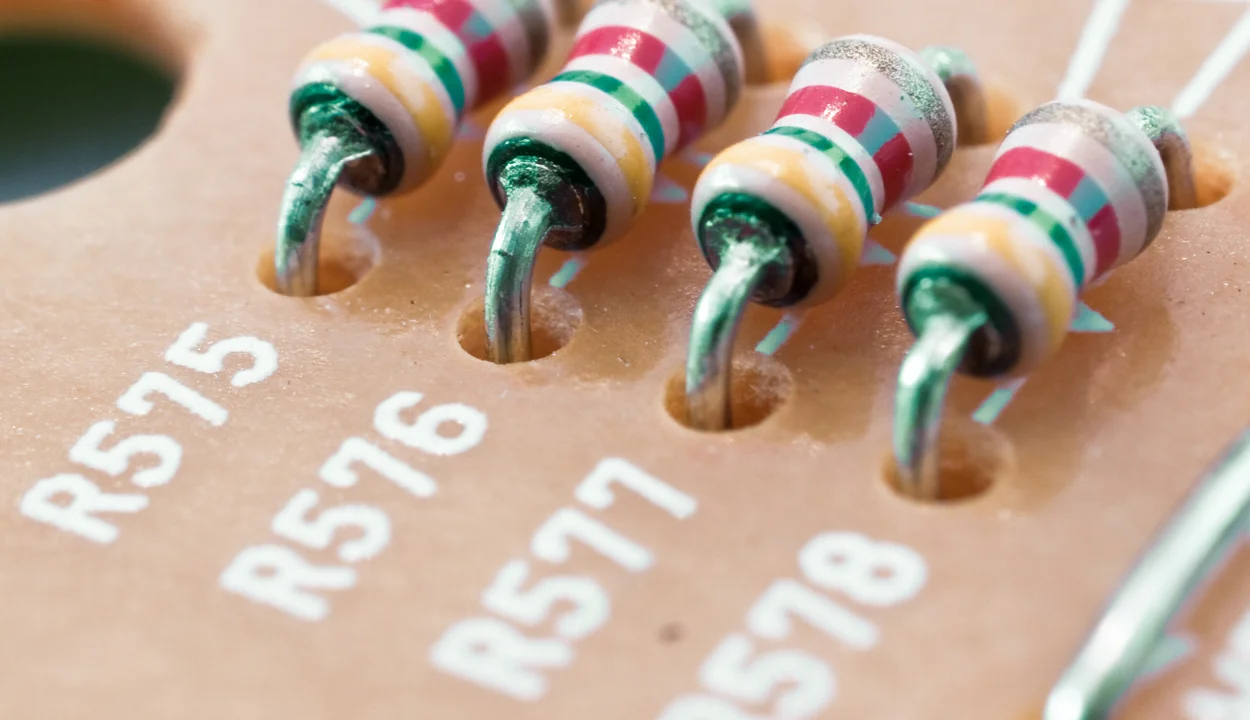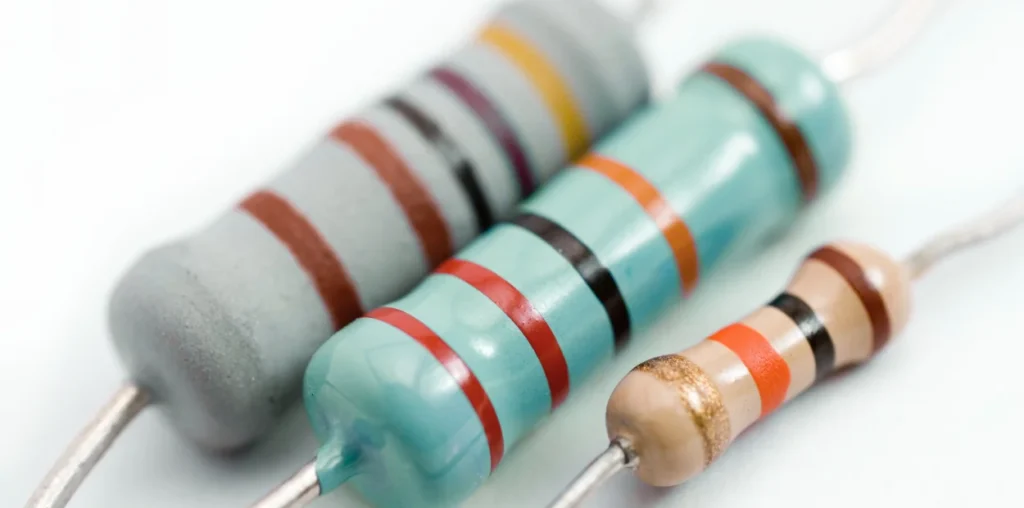Introduction
When I first started working with electrical circuits, I quickly realized how important a resistor is. It might look like a simple component, but it plays a major role in controlling the flow of current. Without it, other components like capacitors and inductors wouldn’t function properly. A circuit needs a balance of these parts, and a resistor helps maintain that balance by limiting current. In one of my early sessions, I struggled with connecting the right wires and choosing the right resistors, but with time, my knowledge grew. The details, like selecting the right battery sources, understanding the resistance values, and ensuring proper connections, all became clearer. Now, every time I design a circuit, I pay attention to every small detail to ensure efficiency and reliability.
Understanding a Resistor
A resistor is a passive component that is used in electrical circuits to reduce the flow of electric current and control voltage. Its main purpose is to manage power distribution by limiting excess energy. Typically, a resistor consists of copper wires that are coiled around a ceramic rod, ensuring stability. The outer surface is coated with a protective insulating paint to prevent damage. Each portion of the resistor plays a role in regulating current, and its terminals allow easy integration into different circuits.
Different Types of Resistors
Resistors come in various shapes and sizes, each designed for specific applications. The most common types include through-hole and surface mount resistors, which are widely available in electronic circuits. A resistor can be static, standard, or special, depending on its function. Some resistors are variable, allowing adjustments in resistance, while others come in a pack for multiple uses. Based on their behavior, resistors are categorized into linear and non-linear types, with basic models used in most circuits.
Linear Resistors
Linear resistors are designed to change their values with applied temperature and voltage, making them essential in many electrical circuits. There are two main types of linear resistors: fixed and variable.
Fixed resistors have a specific value that cannot be changed, and they come in different forms, such as carbon, composition, wire-wound, thin-film, and thick-film resistors.
On the other hand, variable resistors, such as potentiometers, rheostats, and trimmers, allow the value to be adjusted using a dial, knob, or screw, which makes them useful for controlling volume and tone in devices like radio receivers.

Non-linear Resistors
Non-linear resistors are different from regular ones because their resistor values change when voltage or temperature is applied, and they do not follow Ohm’s law. Types of non-linear resistors include thermistors, varistors, and photoresistors, which are sensitive to factors like temperature and voltage.
Unlike linear ones, their resistance is not dependent on a constant value but varies based on conditions. Varistors protect circuits by adjusting resistance in response to high voltages, while thermistors are sensitive to temperature changes, making them useful in applications that need to measure heat or control temperature. Photoresistors react to light, allowing their resistance to drop when exposed to bright light.
Applications of Resistors
Resistors have many important applications in various fields. Photoresistors are commonly used in flame detectors, burglar alarms, and photographic devices. In electronics, wire-wound resistors are essential for accurate measurement and current control, such as in shunt circuits with an ammeter. They are also used in digital multimeters, amplifiers, and oscillators for precise measurement of voltage and current.
Resistors can help control temperature in some devices, while modulators, demodulators, and transmitters rely on resistors for proper functioning, especially in telecommunication systems. Whether it’s for high sensitivity, controlling current, or managing power in devices, resistors are crucial for ensuring the smooth operation of many modern technologies.
For more information about electrical components: Visit here



